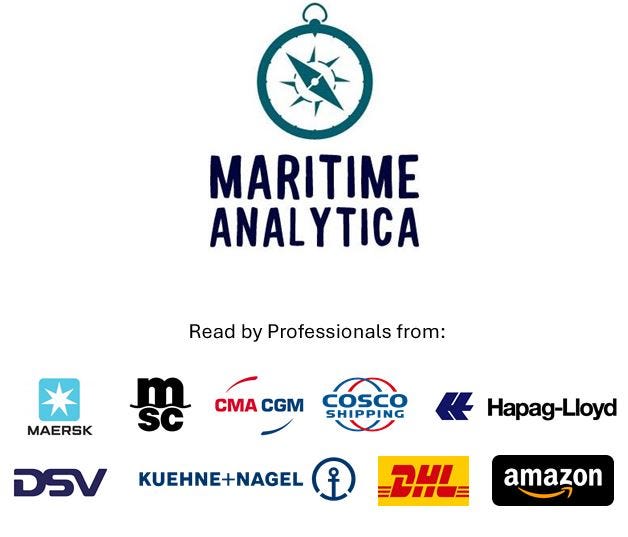🔥Ammonia: Shipping’s Zero-Carbon Solution or Hidden Risk?
⚠️A future fuel that could cut CO₂ — if we control its hidden risks.
🎖️Subscribe /✨Sponsorship /📊Exclusive Reports /🙏Rate us /🎁Send Gift
🔥 Greetings, Maritime Mavericks!
Imagine a fuel that carries no carbon, produces no CO₂, and could power the world’s biggest ships.
A fuel already produced in hundreds of plants worldwide. A fuel both promising and dangerous.
This fuel is ammonia.
For over a century, it has been made for fertilizers. Now, it is knocking on the door of global shipping. The journey is full of barriers: cost, safety, infrastructure. But step by step, ammonia is moving from idea to reality.
So, what should the maritime world know about this fuel?
Let’s break it down into 15 simple lessons.
1️⃣ Zero Carbon Fuel💨
➡️Ammonia contains no carbon — it emits no CO₂ when burned.
2️⃣ Toxic and Dangerous⚠️
➡️Ammonia can harm eyes, skin, and lungs. Special designs and protective rules are required.
3️⃣Engines Underway🛠️
➡️Over 39 ships are on order with ammonia-ready engines. First deliveries begin in 2025–2027.
4️⃣Needs Dual-Fuel Start🛑
➡️Early vessels will use both ammonia and oil until supply grows.
5️⃣ High Extra Costs🏗️
➡️Ammonia-powered ships cost up to 15–20% more to build than oil-fueled ones.




